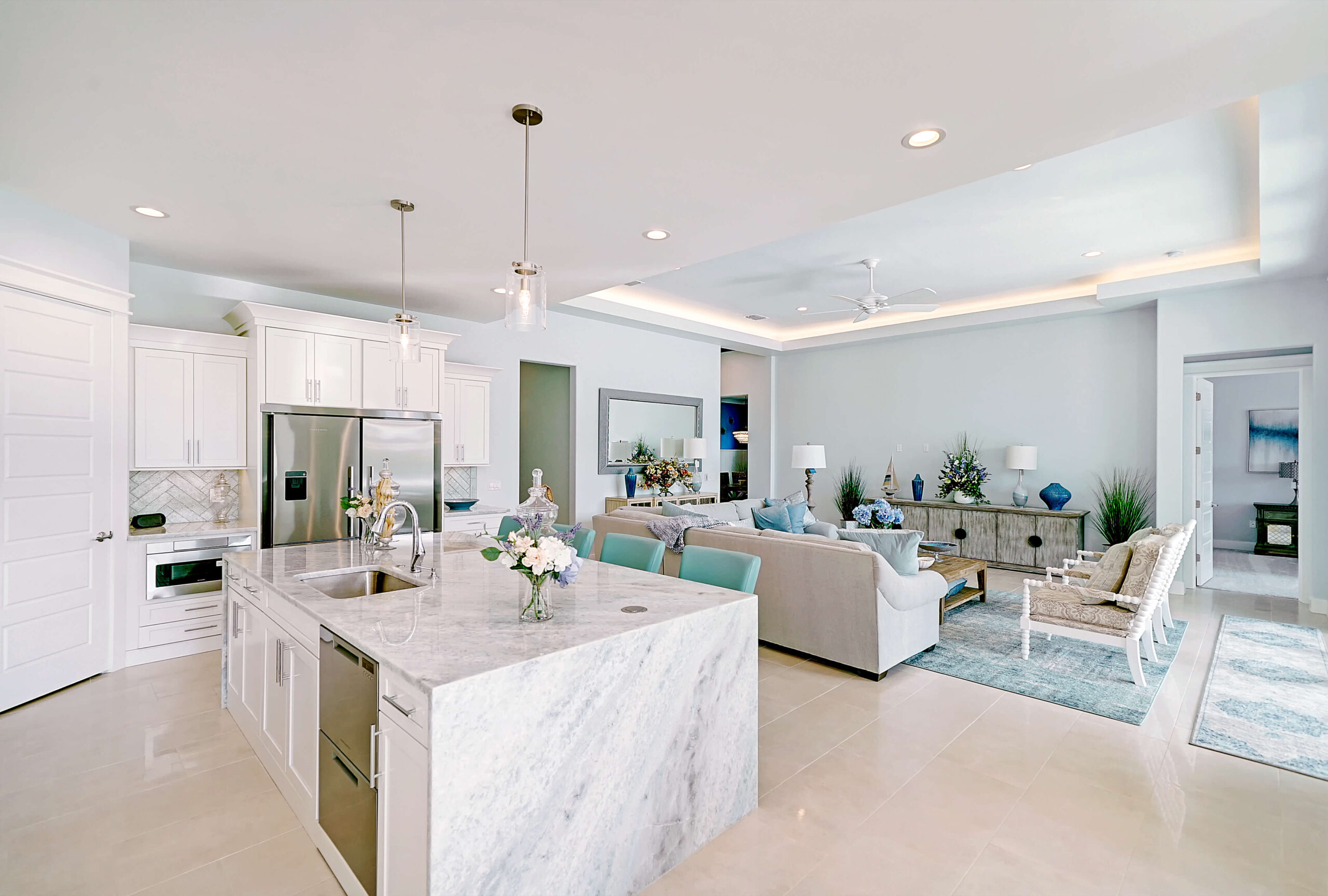There’s nothing like the aesthetic charm and the real function a wood pergola gives an outdoor living space. It can serve as a centerpiece, but also, a dedicated place providing shade from the sun and for entertaining friends and family. What’s more, these are quite versatile features, offering many styles and extras. Large or small, a pergola can also provide a bit of privacy, perfect for a hot tub retreat, or, house a fire pit, ideal for encircling with seating to cook and enjoy meals.
Unfortunately, summer storms, extreme heat, copious humidity, and wind exposure all take a serious toll. Though it’s constructed with treated materials, designed to withstand outside weather elements, eventually, even the best made will succumb. Over time, the side walls, or lattice, support posts, rafters and beams, will all show marked signs of aging. In some instances, a pergola might become a victim-host to insect infestation, speeding-up structural compromise.
The good news is, more often than not, a pergola can be refurbished, or, replaced, in-part or whole. It’s not really difficult and you don’t need to be a master wood craftsman or contractor to give it a fresh, new look. It only requires a few tools, some readily available materials, and a bit of elbow grease.
Aging Pergola Refurbishment Made Easy
The first step is to assess its condition. Examine the entire structure, looking carefully over each support post, the side walls, if so equipped, and, the rafters and beams along the top. If the damage observed is merely cosmetic, that makes the job all the easier. You can elect to refurbish it, which entails giving it a good cleaning and some TLC. First, clear the pergola and surrounding area. Remove any furniture, fixtures, and features under and on the structure. Put these aside in a weather protected space. If it’s covered in vines, these probably won’t survive too much trauma, so, unwind them.
An outdoor pergola provides a framework for climbing vines. [Refurbishing] a pergola should not be an overly exhausting chore, especially if you have the right tools, some time, the correct know-how and possibly a friend or two to help. —Do It Yourself.com
You might not be able to save the vines completely but might be able to salvage enough to regrow and cover the pergola once again. Now that you have a clear area to work around and the structure is free of vines, you’ll be able to do the following:
- Hose-off all the wood to remove surface dirt and debris. You’ll probably be able to see surface dirt and debris, like cobwebs, on the structure. Begin the refurbish with a complete hose-down from top to bottom. If you have a pressure washer, use it, but set the pressure to an appropriate level. Don’t make the mistake of blasting the structure on a high pressure setting as the stream will cut into the wood.
- Deep clean the wood. Hosing it down will only do so much — you’ll have to go a step further and use wood deck cleaner to get to those tough, clinging particles. Apply it with a synthetic paint brush, or, for better coverage and results, use a spray bottle. Apply the cleaner in a side-to-side motion, going from bottom to top to avoid streaking. Allow it to soak in, then gently rinse and let dry for 24 hours. Once dry, reexamine it to see if there’s any grime left on the wood, if so, clean those areas and allow to dry overnight.
- Rough sand the wood. Using rough grit sandpaper, gently sand the wood so it will absorb the finish. Don’t break out the high-powered orbital sander, though you can use one, on a low setting. Be careful not to sand in one area longer than another because the finish will look uneven. This will take quite a bit of time because of the sheer amount of wood to cover. You can break this step up over the course of a couple to a few days.
- Brush-on a color finish. To give it a little more charm and a fresh, new look, apply a coat of color finish, and let dry. Plan this step ahead of time, checking the weather forecast so you don’t work in vain. You want a nice, even coat, so use an applicator pad on the largest, widest surfaces, while using a brush on smaller, narrow surfaces. When using an applicator pad, apply the color finish in a circular motion. The brush will work best around and in corners, as well along edges.
After the color finish dries, then it’s time to apply a coat of sealant to protect the wood. Choose a commercial sealant that’s easy to apply. Here again, check the weather forecast because you certainly don’t want to undermine the sealant. Use a clear sealant and apply it following the manufacturer’s instructions.


